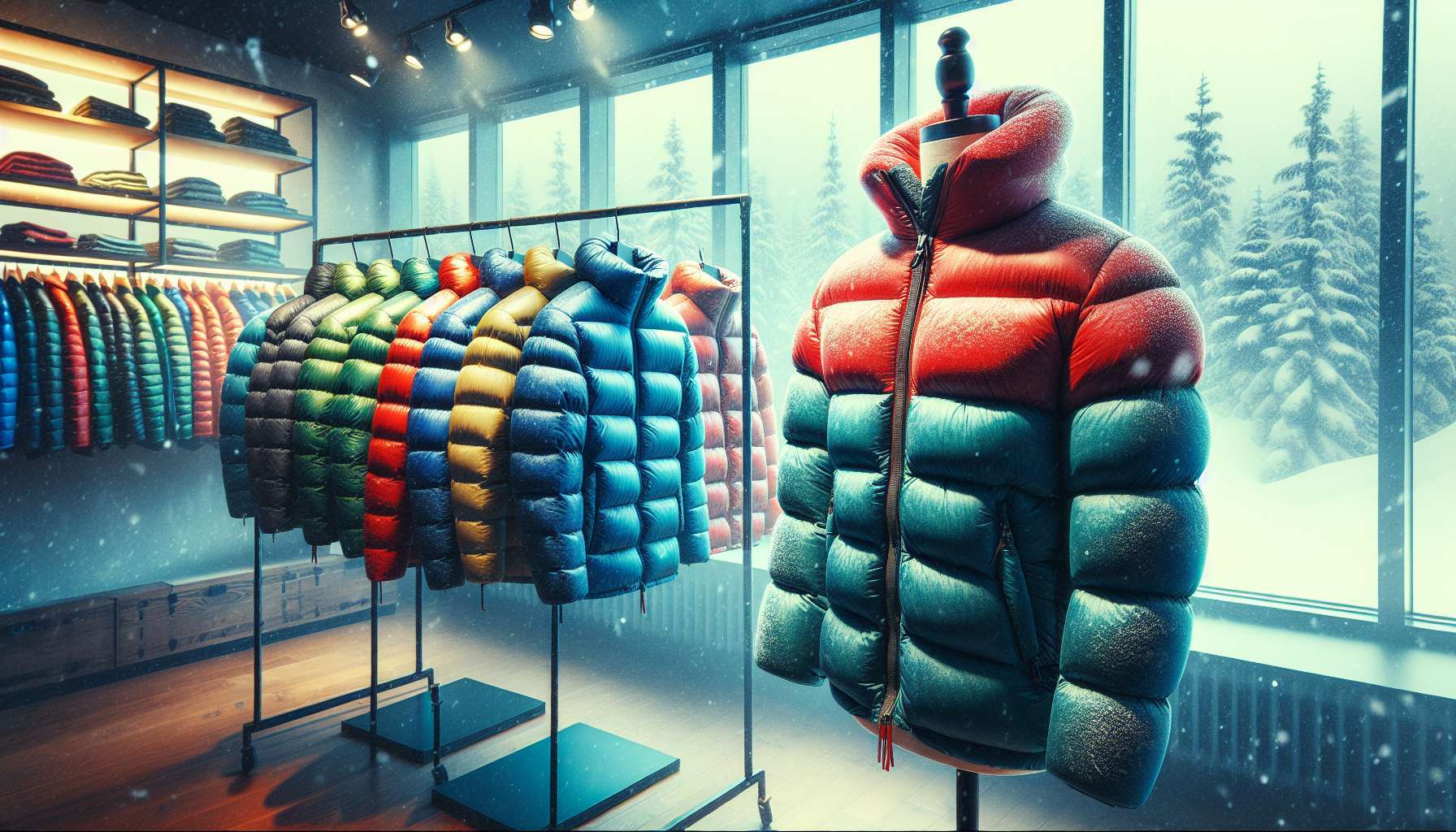Snow Goggles: A Comprehensive Guide to Eye Protection on the Slopes
As winter approaches, many outdoor enthusiasts eagerly anticipate hitting the slopes for skiing or snowboarding. However, one essential piece of gear that often goes overlooked is snow goggles. These protective eyewear not only enhance vision in snowy conditions but also safeguard the eyes from harmful UV rays and icy winds.
In this in-depth exploration of snow goggles, we will delve into their history, design, functionality, and importance. Join us on a journey to uncover the science behind these critical accessories and why they are a must-have for any winter sports enthusiast.
The Evolution of Snow Goggles
The use of snow goggles dates back centuries, with early versions made from bone, leather, or wood to shield the eyes from snow blindness. In the early 20th century, advancements in materials and design led to the development of more modern snow goggles with improved visibility and comfort.
Today, snow goggles come in a variety of styles, sizes, and lens options to cater to different preferences and conditions. From anti-fog coatings to polarized lenses, manufacturers have incorporated cutting-edge technologies to enhance performance and protect the eyes in harsh winter environments.
One of the most significant developments in snow goggle design is the integration of ventilation systems to prevent fogging. By allowing air to circulate within the goggle, these systems ensure clear vision even during intense physical activity on the slopes.
The Science Behind Snow Goggles
When it comes to choosing the right snow goggles, understanding the science behind their design is crucial. The curvature of the lens, the tint, and the materials used all play a role in optimizing vision and protecting the eyes from glare and UV radiation.
One key feature of snow goggles is their UV protection, which shields the eyes from harmful rays that can cause sunburns and long-term damage. Additionally, polarized lenses reduce glare from the snow, enhancing contrast and depth perception for better visibility on the slopes.
The tint of the lens also plays a significant role in enhancing vision in various light conditions. Yellow or amber lenses are ideal for low-light situations, while darker tints like gray or brown are better suited for bright, sunny days. Some snow goggles even come with interchangeable lenses to adapt to changing weather conditions.
Choosing the Right Snow Goggles
With a wide array of options available in the market, selecting the right snow goggles can be a daunting task. Factors to consider include fit, lens type, ventilation, and compatibility with helmets. It is essential to try on different styles to find the perfect fit that offers both comfort and protection.
When choosing the lens type, consider the prevailing weather conditions in which you will be skiing or snowboarding. Photochromic lenses that adjust to changing light conditions are a versatile option, while mirrored lenses provide added protection against glare and bright sunlight.
Ventilation is another critical factor to keep in mind, as proper airflow prevents fogging and maintains clear vision on the slopes. Look for goggles with strategically placed vents that allow air to circulate without compromising protection from the elements.
The Importance of Eye Protection
While snow goggles are often seen as a fashion statement, their primary function is to protect the eyes from potential hazards on the slopes. Snow blindness, caused by the reflection of UV rays off the snow, can lead to temporary vision loss and discomfort if left untreated.
In addition to UV protection, snow goggles shield the eyes from debris, wind, and cold temperatures that can cause irritation and dryness. By wearing snow goggles, skiers and snowboarders can enjoy their favorite winter sports with clarity and comfort while safeguarding their vision for the long term.
Expert Opinions on Snow Goggles
We reached out to several experts in the winter sports industry to gather their insights on the importance of snow goggles. According to Dr. Sarah Johnson, an ophthalmologist specializing in sports vision, “Snow goggles are essential for protecting the eyes from UV radiation and glare, which can cause long-term damage if not addressed. Investing in quality goggles with UV protection is a wise decision for any outdoor enthusiast.”
Professional skier and snowboarder, Mark Davis, shared his experience with snow goggles, stating, “I rely on my goggles to provide clear vision and protection from the elements while navigating challenging terrain. The right pair of goggles can make all the difference in performance and comfort on the slopes.”
Common Misconceptions about Snow Goggles
Despite their importance, there are a few common misconceptions about snow goggles that often lead to confusion among winter sports enthusiasts. One prevalent myth is that snow goggles are only necessary in bright sunlight, overlooking the fact that UV rays can penetrate clouds and cause eye damage even on overcast days.
Another misconception is that all snow goggles are created equal, when in fact, factors such as lens quality, fit, and ventilation can vary significantly between brands and models. It is essential to research and test different options to find the right pair of goggles that meet your specific needs and preferences.
Comparative Analysis of Top Snow Goggle Brands
For those in the market for a new pair of snow goggles, conducting a comparative analysis of the top brands can help narrow down the choices. Brands like Oakley, Smith, and Anon are known for their innovative designs, high-quality lenses, and durability in challenging conditions.
Oakley’s Prizm lens technology offers enhanced color contrast and visibility, making it a popular choice among professional athletes and outdoor enthusiasts. Smith’s ChromaPop lenses provide unparalleled clarity and definition, while Anon’s magnetic lens interchange system allows for quick and easy lens changes on the go.
Conclusion
To wrap things up, snow goggles are more than just a fashion accessorythey are a vital piece of gear for anyone hitting the slopes this winter. By understanding the science behind their design, choosing the right fit and lens type, and prioritizing eye protection, skiers and snowboarders can enjoy clear vision and optimal performance in any conditions.
Whether you’re a seasoned pro or a beginner on the slopes, investing in a quality pair of snow goggles is a smart decision that will pay off in terms of comfort, safety, and long-term eye health. So don’t forget to pack your goggles on your next winter adventure and see the world in a whole new light!
Sources:
1. “The Science of Snow Goggles” – SnowSports Industries America (SIA)
2. “Choosing the Right Snow Goggles: A Comprehensive Guide” – Outdoor Gear Lab
3. “The Importance of Eye Protection in Winter Sports” – American Academy of Ophthalmology (AAO)




